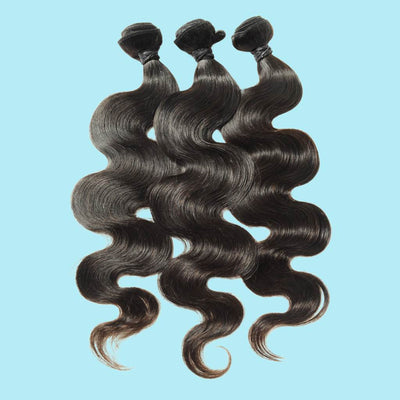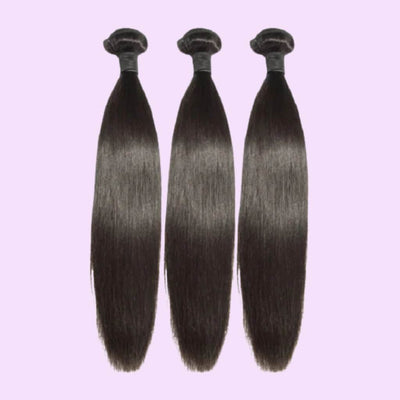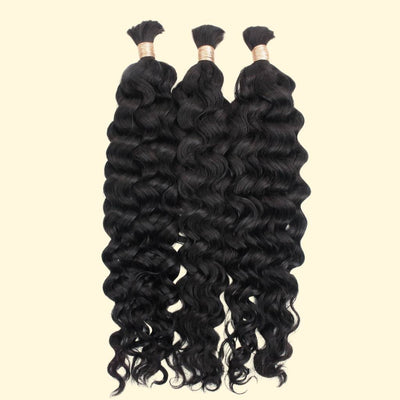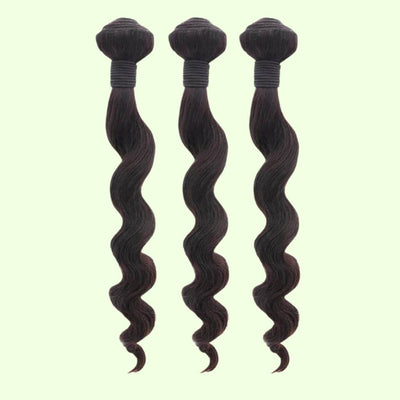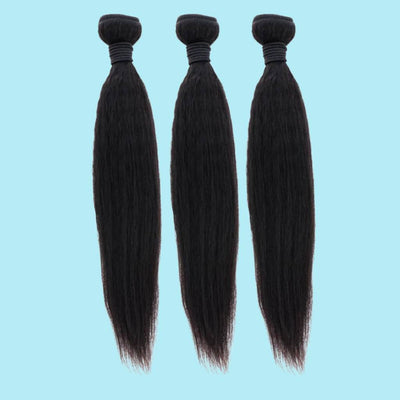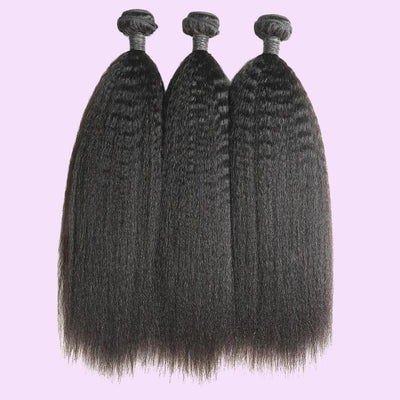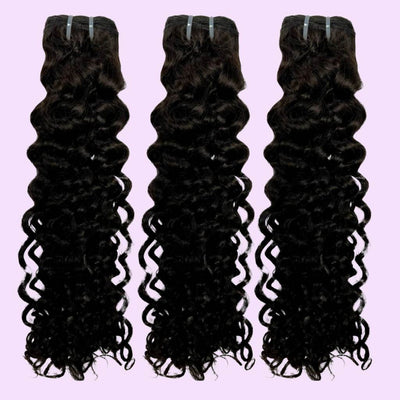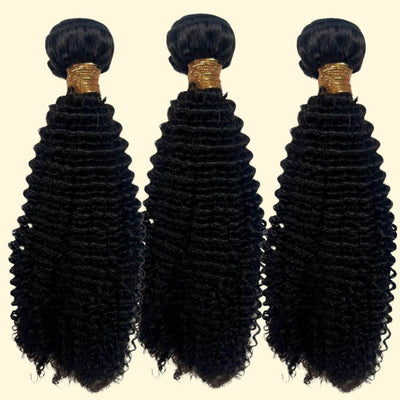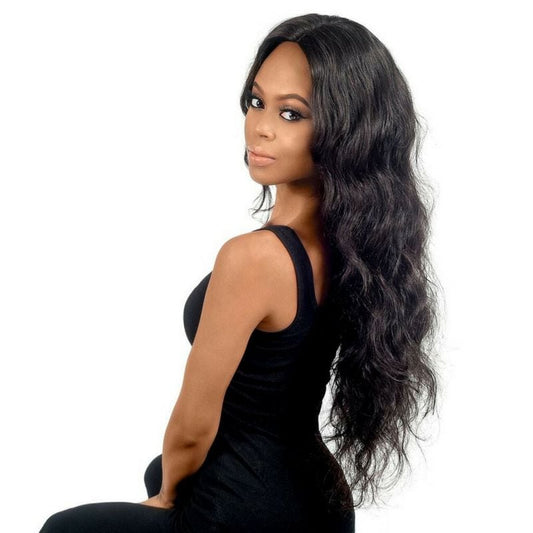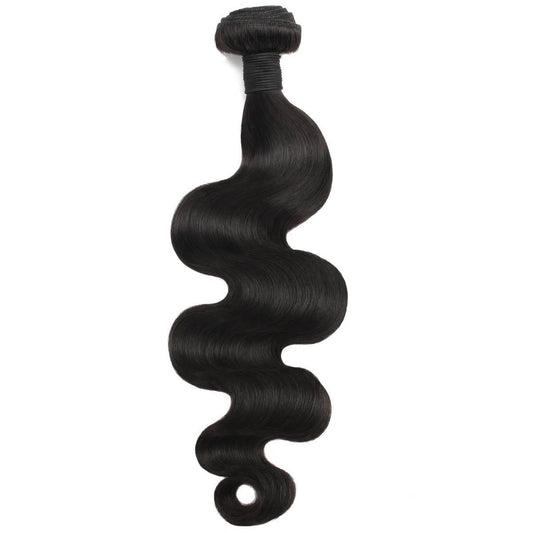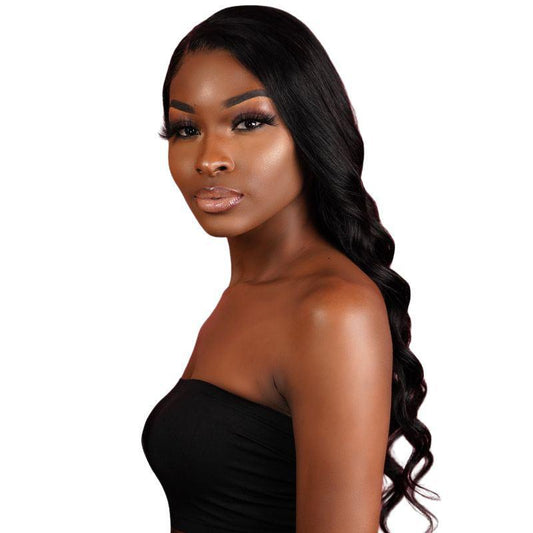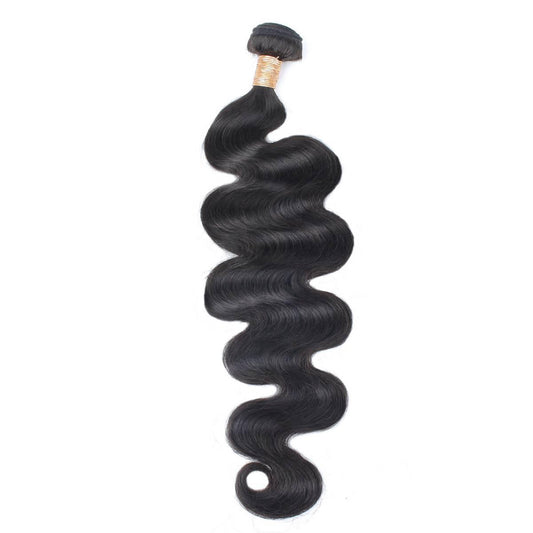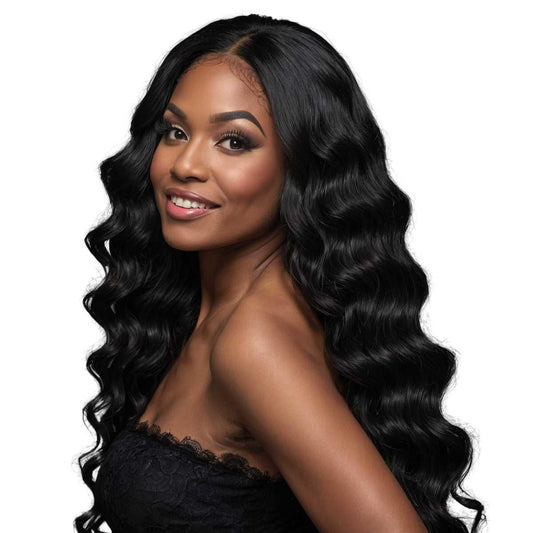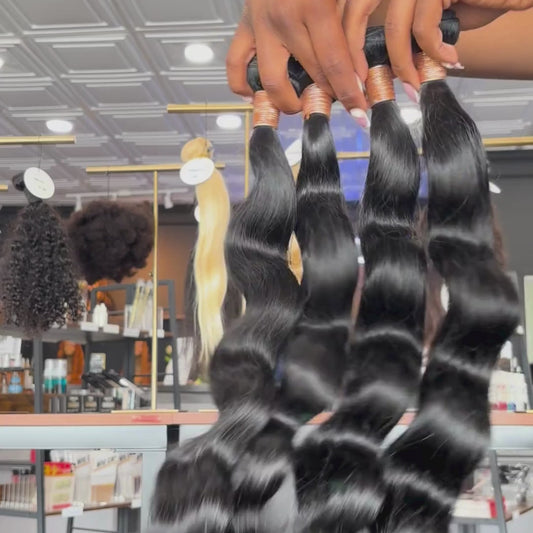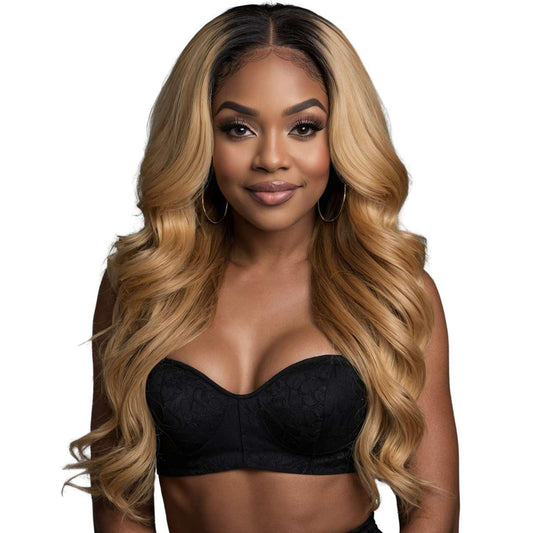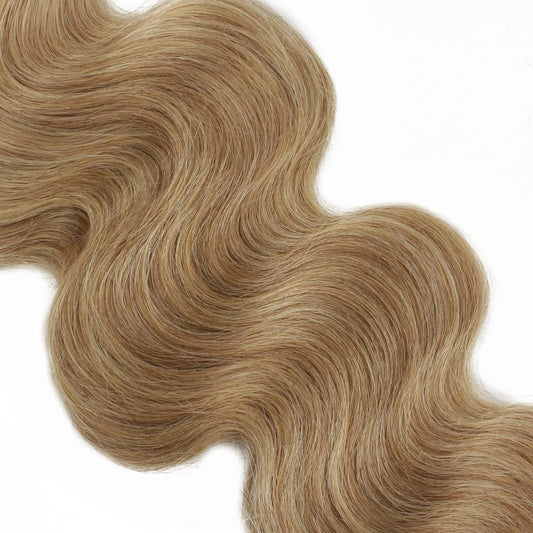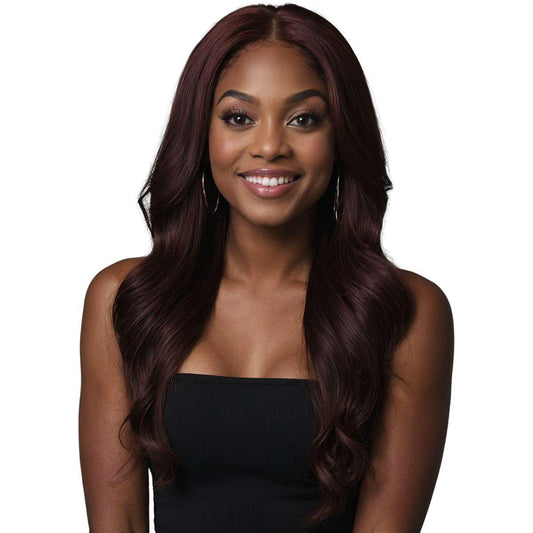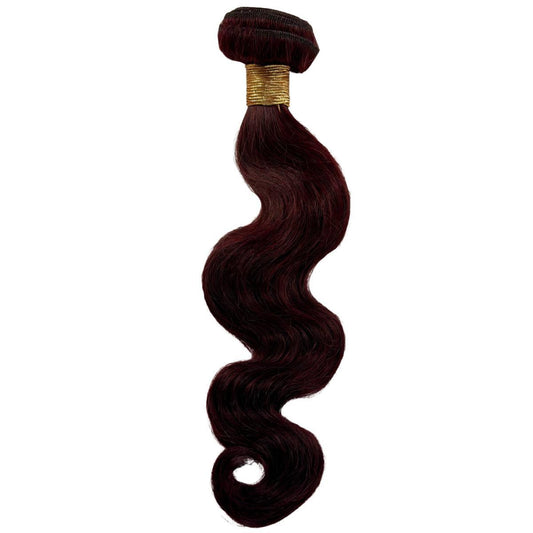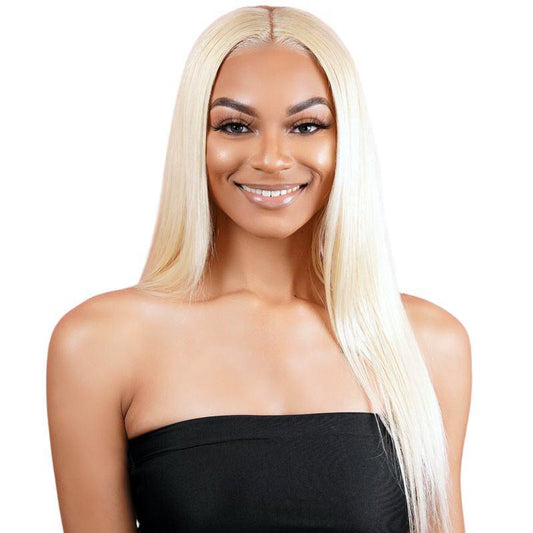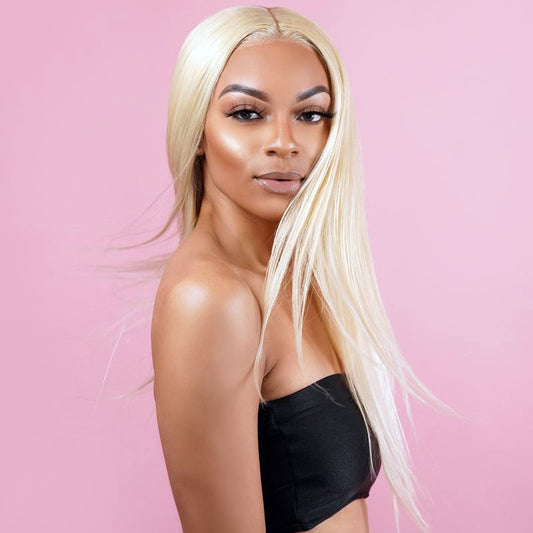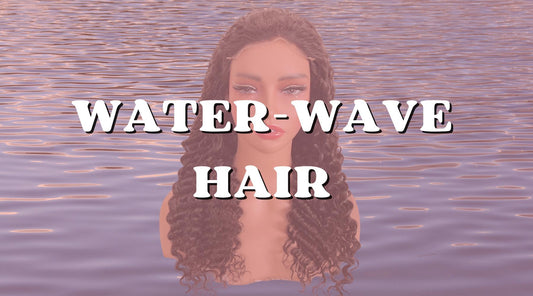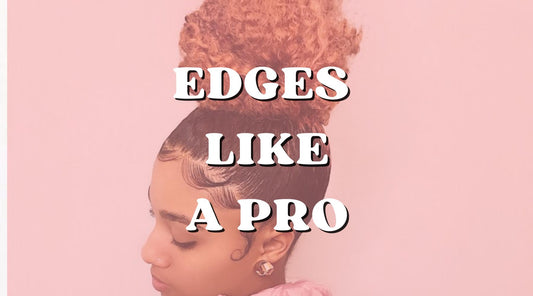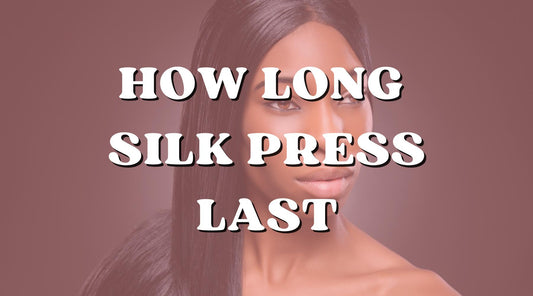1260 Memorial Drive
Atlanta, Georgia 30316
404-458-1330
Traditional Sew In: What Are They? And How to Style One?
Mikey MoranAround the world of extensions, individuals have opted to experiment and try new installation method ideas, but sew-ins have always seemed and felt like an easy entry.
Do you know why it is lovely?
This is because they are easier to install (with just a curved needle and thread), protecting your scalp from harsh adhesives that may cause scalp irritation, and still, as a protective style, they shield your natural hair underneath, aiding in a healthy hair growth plus also will offer you an excellent service for weeks making it worth of your budget.
Isn't that triple plus, darling? Well, you tell me.
Let's dive in to understand and answer the common questions and facts when choosing a traditional sew-in as a protective style.🌞
Traditional sew-in is a basic technique in which the sew-in extensions are attached to a flat braided base with minimal to no leave-out to properly conceal wefts and prevent breakages around the front hairlines.

Traditional Sew In Basic Installation
Sew-in Preparation
You must prep your natural hair well since it will act as a flat base that is ready for installation.
This can be done by thoroughly washing your hair with a cleansing shampoo to ensure that all the dirt and oil build-up are well stripped off, followed by a hydrating conditioner to moisturize your scalp.
You will then detangle well using a tooth comb to ensure the hair is free of tangles and knots.
Afterward, with clean and well-detangled hair, you will proceed to section off your hair and create braided cornrows close to your scalp to provide a solid base for your sew-in, based on the desired pattern and style that you are going for, i.e., with or without a leave out.
Traditional Sew-in Application
- Measure and cut the extension’s wefts according to your desired length and volume.
- Using a weaving thread and a curved needle, sew the extensions in rows, starting from the back and working towards the front.
- Make sure that the thread is well-secured as you go. Be careful not to make them too tight, as this will cause too much discomfort and tension to your scalp because of a tight sew-in.
- Repeat the whole process for each extension, ensuring a secure attachment.
Styling Your Sew-In
With the extensions well secured, you can style the sew-in weave into any desired style, ensuring that it blends well with your natural hair.

Advantages of a Traditional Sew-In
Versatility of Sew-Ins
This type of installation gives you a natural, seamless blend.
You can also experiment with different styles and looks, as it offers a wide range of styling flexibility depending on the cornrow pattern you use as a base.
Volume and Length of Sew-In
With sew-in hair extensions, you can ideally add and extend your weave to any desired length and volume.
This can appeal to our lovely individuals with thinning or breaking hair issues who are looking to experience new lengths or even volumes without waiting for the natural hair to grow out.
Low Maintenance of Sew-ins
Once it's well installed and properly maintained, your installation can last for several weeks, saving you time for frequent salon visits and hair manipulation.
They only require minimal daily maintenance, which suits our lovelies with busy schedules and timelines.
Scalp Protection of Sew-ins
Traditional sew-in offers a protective style since all the natural hair is carefully tucked away during the cornrow braiding.
Also, the installation method is safe for your natural hair and scalp since it's done with a thread and a needle and not harsh glues or chemicals. This will protect your natural hair from heat damage, environmental factors, and constant daily manipulation, which will aid in healthy hair growth.
Variety of Options with Sew-ins
They are available in various lengths, volumes, textures, and colors. This allows you to choose a sew-in weave that closely matches your desired hairstyle.
You can also play around with it to achieve the desired length and density to give you that fuller look as well as your the closure sew in.

Facts about Traditional Sew-In
Q: What is a traditional sew-in?
A: It is a basic installation in which wefts are attached to natural cornrow braids, providing added length, volume, and even texture while still protecting the natural hair underneath.
Q: What is the difference between traditional sew-in and partial sew-in?
A: Traditional sew-in involves natural hair being braided into cornrows and the wefts being attached to them, while a partial sew-in involves portions of natural hair being left out to cover the base of the weft during the installation process.
Q. How many bundles does one require for a traditional sew-in?
A: This ideally depends on the density and length you want. For a fuller and more voluminous look, you will need more packs and vice versa, but it is recommended to use the thumb rule: the longer the wefts you use, the more packs or human hair bundles you will use.
Q. How much does a traditional sew-in cost?
A: Cost depends on several factors, including the number of packs to be used and the location of the installation, but generally, traditional sew-ins are the most affordable option.

Q. How long does a traditional sew-in last?
A: How long the sew-in will last depends on several factors, such as the quality of the hair, installation process, natural hair growth rate, and maintenance routine, but ideally, with proper care and maintenance, they can last you 5-8 weeks.
Q. How can I take care of a traditional sew-in?
A: You can maintain a sew-in through a proper daily routine with minimal manipulation to prevent shedding. Sleep with a satin or silk scarf to avoid tangling and losing shape, and also moisturize your scalp to keep it well hydrated to avoid dryness and breakages.
Q. Will traditional sew-in damage my natural hair?
A: With correct installation, regular scalp hydration, and proper maintenance, a traditional sew-in won't damage your natural hair. In fact, it is an affordable protective style that will aid in healthy natural hair growth.
Q. How do I choose the right extension type for a traditional sew-in?
A: Choosing an extension is essential. You will select an extension based on your hair texture, budget, type, and the look you want. Choose a hair extension that will blend seamlessly with your natural hair and provide you with a natural hairline appearance for that smooth flow.

Going Old School with the Traditional Sew-In
Traditional sew-ins have been popular and versatile for protecting and boosting healthy natural hair growth. Their versatility in styling options makes them a key savior for lovelies with busy schedules.
They can enhance your hair’s volume and length and assist you in achieving that desired hairstyle without much hustle.😁
It is essential to protect and care for your natural hair underneath to protect a healthy scalp and hairline, and always remember not to install your sew-in too tight as it will cause you too much discomfort and tension, leading to your natural hair thinning and breaking.
With the information above, please browse our website to secure your next sew-in install purchase.

